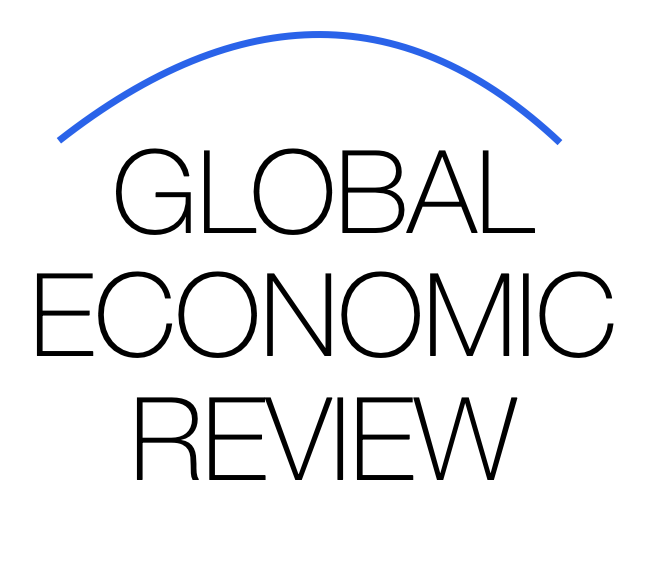How Is Britain Faring Under Keir Starmer? A Polling Overview

Since Keir Starmer took leadership of the Labour Party, public opinion and polling data have closely tracked Britain’s evolving political mood. Starmer, who assumed office in April 2020, has sought to reposition Labour as a credible alternative government, focusing on competence, unity, and pragmatic policies.
Current Polling Trends
Polling trends show a mixed but gradually improving picture for Starmer and Labour. While the party faced early skepticism and internal challenges, recent polls indicate increasing public confidence, with Labour gaining ground against the Conservative Party in national surveys.
Key Areas of Public Concern
Britain’s electorate under Starmer continues to prioritize issues like the economy, healthcare, and cost of living. Starmer’s approach, emphasizing social justice alongside fiscal responsibility, resonates with voters concerned about inflation and public services.
Challenges and Opportunities
Despite gains, Starmer faces challenges including managing party unity, responding to Conservative policies, and addressing regional divides. His performance in Parliament and public appearances continues to be scrutinized for signs of leadership strength and vision.
Outlook
As the next general election approaches, polling data will be crucial in measuring Starmer’s ability to consolidate support and present Labour as a government-in-waiting. While public sentiment remains fluid, early indicators suggest Starmer’s steady, pragmatic leadership is gradually shaping Britain’s political landscape.
Tracking these trends offers valuable insight into how Britain is responding to its current political stewardship and what the future might hold under Keir Starmer.
















